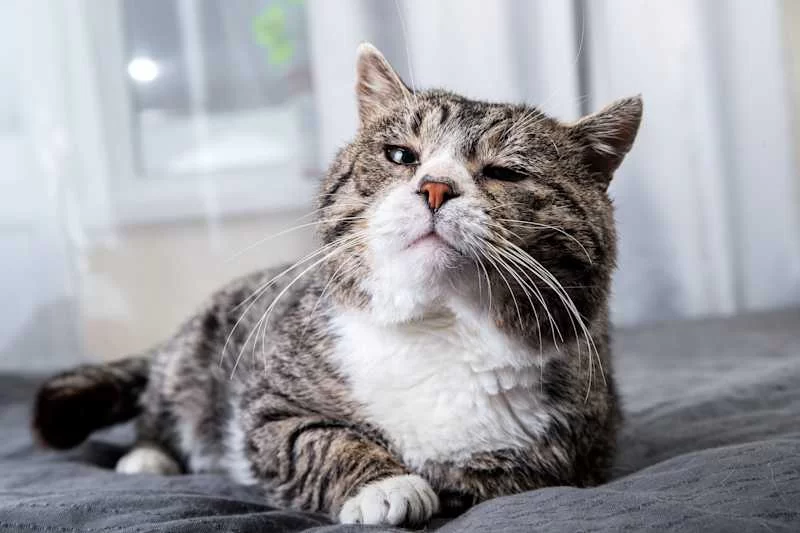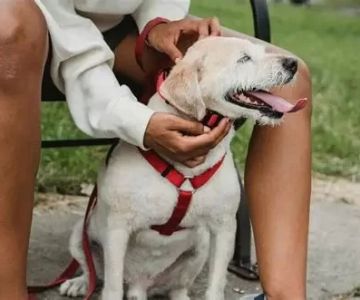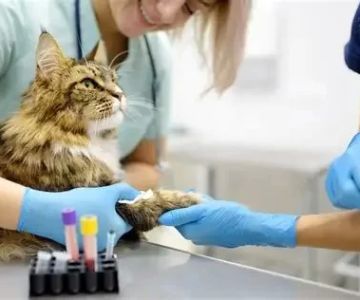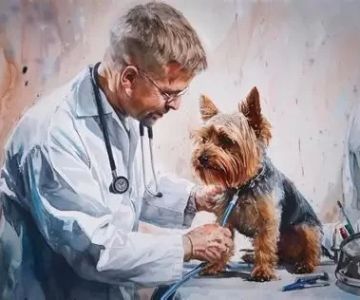- Recognizing Signs of Arthritis in Older Cats and Dogs
- Common Arthritis Symptoms in Pets
- Understanding Arthritis Impact on Pets’ Quality of Life
- Practical Care Tips for Arthritic Pets
- Professional Treatment Options and Resources
Recognizing Signs of Arthritis in Older Cats and Dogs
As our feline and canine companions age, the risk of developing arthritis significantly increases, making it essential for pet owners to recognize the early signs of this common but often overlooked condition. Arthritis in older cats and dogs is a degenerative joint disease that causes inflammation, pain, and decreased mobility. Unlike humans, pets cannot verbally express discomfort, so recognizing subtle changes in their behavior and movement becomes crucial.
Commonly, pet owners may notice their furry friends becoming less active or reluctant to climb stairs, jump onto furniture, or even play. These changes are often the first signs of arthritis in older cats and dogs, signaling the need for a closer look at their joint health. Observing pets for stiffness, limping, or favoring certain limbs can provide early clues. It’s also important to watch for changes in grooming habits, especially in cats, who may avoid cleaning painful joints.
Case Study: Max and Whiskers
Max, a 12-year-old Labrador, began to slow down noticeably over a few months. His owner initially attributed it to age until Max started limping after walks. Similarly, Whiskers, a 14-year-old tabby cat, stopped jumping onto window sills and showed signs of reduced grooming. Both pets were later diagnosed with arthritis, and early intervention greatly improved their quality of life.
Common Arthritis Symptoms in Pets
Identifying arthritis symptoms in pets involves understanding how the disease affects their daily functions. The symptoms in older cats and dogs may include:
- Reduced mobility: Difficulty walking, climbing stairs, or jumping.
- Stiffness and limping: Especially after rest or sleep.
- Behavioral changes: Irritability or withdrawal due to pain.
- Altered posture: Favoring one leg or shifting weight.
- Changes in activity levels: Decreased interest in play or exercise.
- Changes in grooming habits: Particularly in cats who may avoid cleaning sore areas.
Understanding these symptoms helps pet owners differentiate arthritis from other health issues, ensuring timely veterinary care.
Why Early Detection Matters
Arthritis is a progressive disease, meaning symptoms tend to worsen without treatment. Early detection allows for management strategies that can slow progression and minimize pain, helping pets maintain a good quality of life.
Understanding Arthritis Impact on Pets’ Quality of Life
Arthritis does not just cause physical discomfort; it also deeply affects pets’ emotional well-being. Chronic pain can lead to depression, anxiety, and changes in social interaction. Many owners notice their pets becoming less affectionate or more withdrawn, which can be distressing for both sides.
The joint inflammation and damage limit mobility, resulting in weight gain and muscle loss, further complicating the condition. In cats, arthritis may manifest as decreased interaction with family members and hiding behavior. Recognizing these emotional and behavioral changes is as important as noticing physical symptoms.
Expert Insight
Veterinarians emphasize the importance of a holistic approach to arthritis care that addresses both physical and emotional health. As Dr. Jane Miller from Hidden Brook Veterinary explains, “Understanding how arthritis affects your pet’s mood and behavior is critical. Pain management improves not only mobility but also overall happiness.”
Practical Care Tips for Arthritic Pets
Managing arthritis in older cats and dogs involves more than medication. Daily care adjustments can greatly enhance comfort and mobility.
Environmental Modifications
Creating an arthritis-friendly home environment is key. Consider these adjustments:
- Provide soft, supportive bedding to reduce joint pressure.
- Use ramps or steps to help pets access favorite resting spots.
- Ensure easy access to food and water bowls without requiring jumping or stretching.
- Keep floors non-slippery to prevent falls and joint strain.
Exercise and Weight Management
Maintaining an appropriate weight reduces stress on joints. Gentle, regular exercise tailored to the pet’s tolerance helps preserve muscle strength and joint function. Swimming or leash walks on soft ground are excellent low-impact options.
Diet and Supplements
Feeding a balanced diet rich in omega-3 fatty acids and antioxidants supports joint health. Many veterinarians recommend supplements like glucosamine and chondroitin, but always consult a professional before starting any new regimen.
Professional Treatment Options and Resources
When signs of arthritis in older cats and dogs become apparent, veterinary intervention is essential. Hidden Brook Veterinary offers comprehensive diagnostic and treatment services tailored to each pet’s needs. Treatments may include:
- Prescription anti-inflammatory medications to reduce pain and swelling.
- Physical therapy and rehabilitation to improve mobility and muscle tone.
- Advanced options such as laser therapy or acupuncture for pain management.
- Customized care plans including ongoing monitoring and adjustments.
Visiting a trusted veterinary clinic ensures your pet receives a professional evaluation and the best possible care. At Hidden Brook Veterinary, pet owners can find expert advice, quality products, and personalized services to support their pets through arthritis and maintain a vibrant, active life.
Real-Life Success Story
Bella, a 10-year-old cat diagnosed with arthritis, struggled with mobility and grooming. After starting a care plan at Hidden Brook Veterinary—including medication, diet changes, and physical therapy—Bella regained her playful spirit and became more active, much to her owner’s delight.












